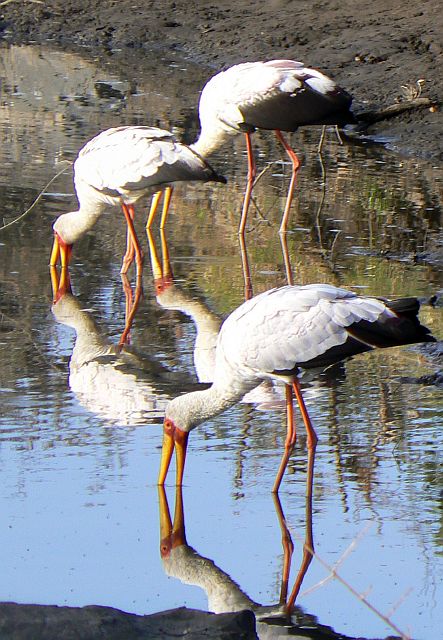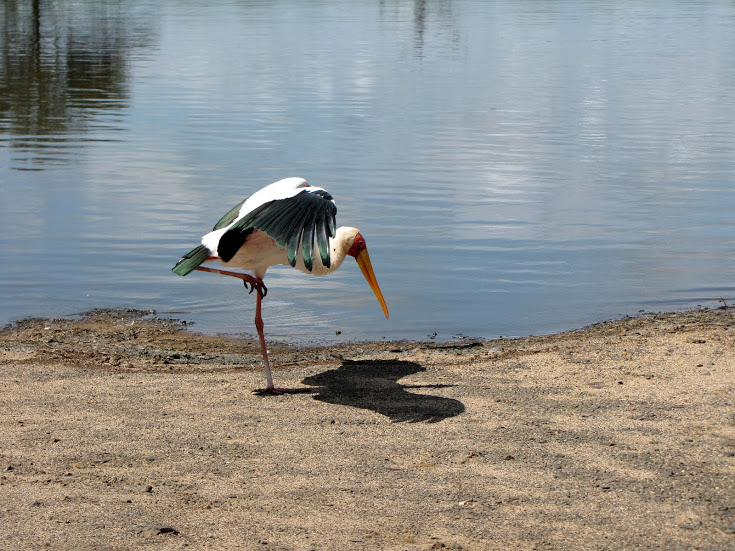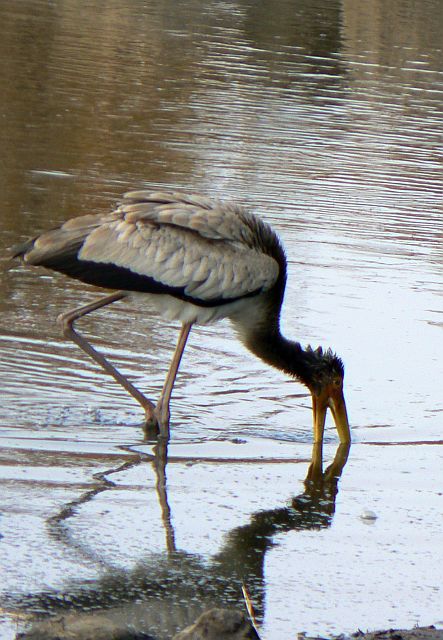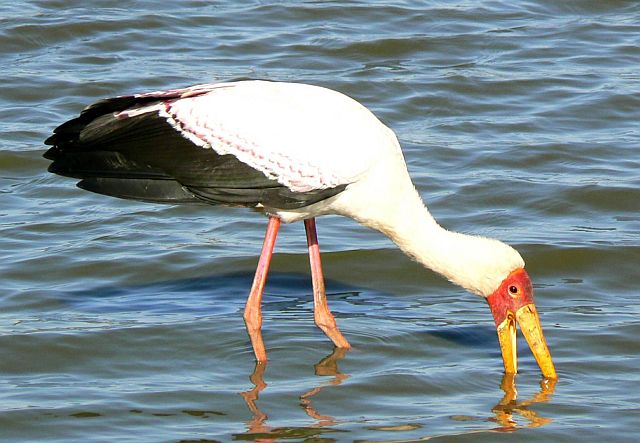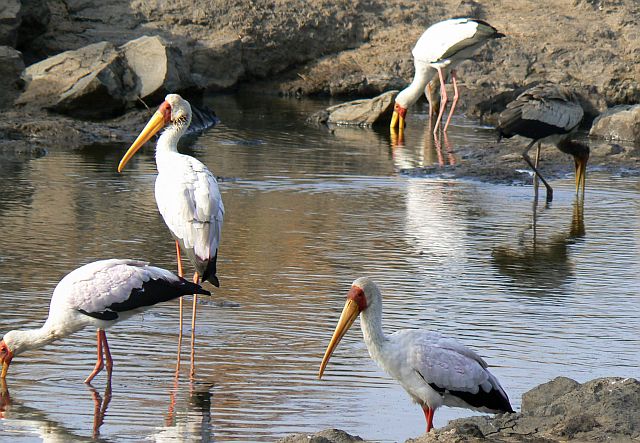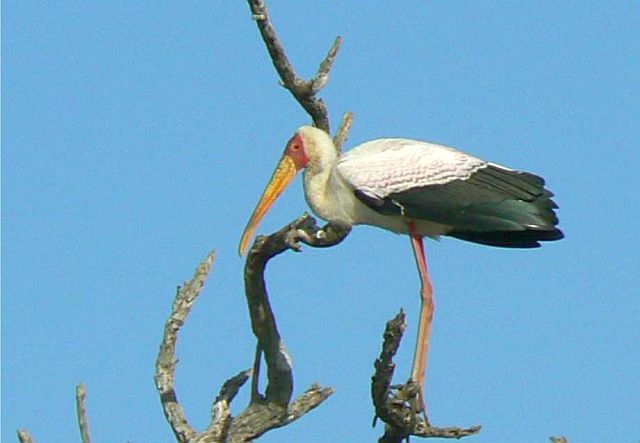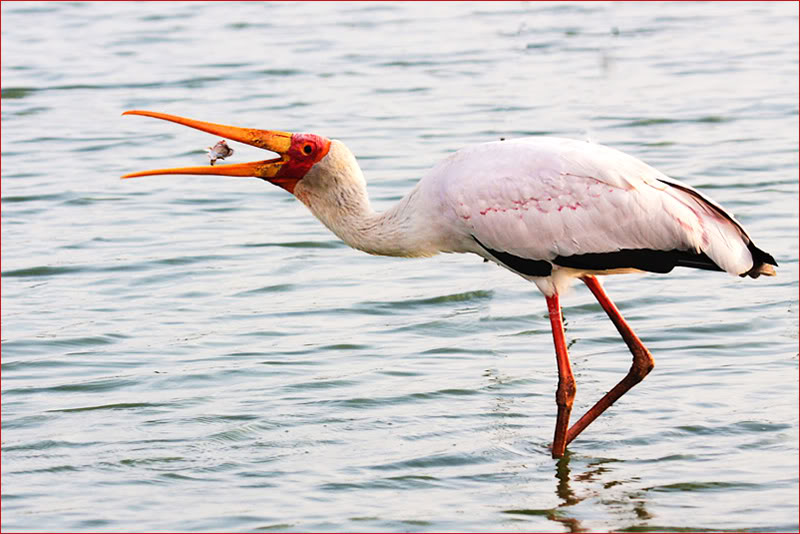Post as many pics as your like and any information would be great - try and break your info into snippets for ease of reading.
Have fun....
There are 6 genera of stork : -
• Genus Mycteria
o Milky Stork, (Mycteria cinerea)
o Yellow-billed Stork, (Mycteria ibis)
o Painted Stork, (Mycteria leucocephala)
o Wood Stork, (Mycteria americana)
• Genus Anastomus
o Asian Openbill, (Anastomus oscitans)
o African Openbill, (Anastomus lamelligerus)
• Genus Ciconia
o Abdim's Stork, (Ciconia abdimii)
o Woolly-necked Stork, (Ciconia episcopus)
o Storm's Stork, (Ciconia stormi)
o Maguari Stork, (Ciconia maguari)
o Oriental Stork, (Ciconia boyciana) (formerly in C. ciconia)
o White Stork, (Ciconia ciconia)
o Black Stork, (Ciconia nigra)
• Genus Ephippiorhynchus
o Black-necked Stork, (Ephippiorhynchus asiaticus)
o Saddle-billed Stork, (Ephippiorhynchus senegalensis)
• Genus Jabiru
o Jabiru, (Jabiru mycteria)
• Genus Leptoptilos
o Lesser Adjutant, (Leptoptilos javanicus)
o Greater Adjutant, (Leptoptilos dubius)
o Marabou Stork, (Leptoptilos crumeniferus)
Add hereto :
Hamerkop: Sometimes included to the order Ciconiiformes, but might be closer to the Pelecaniformes
Interesting :..



